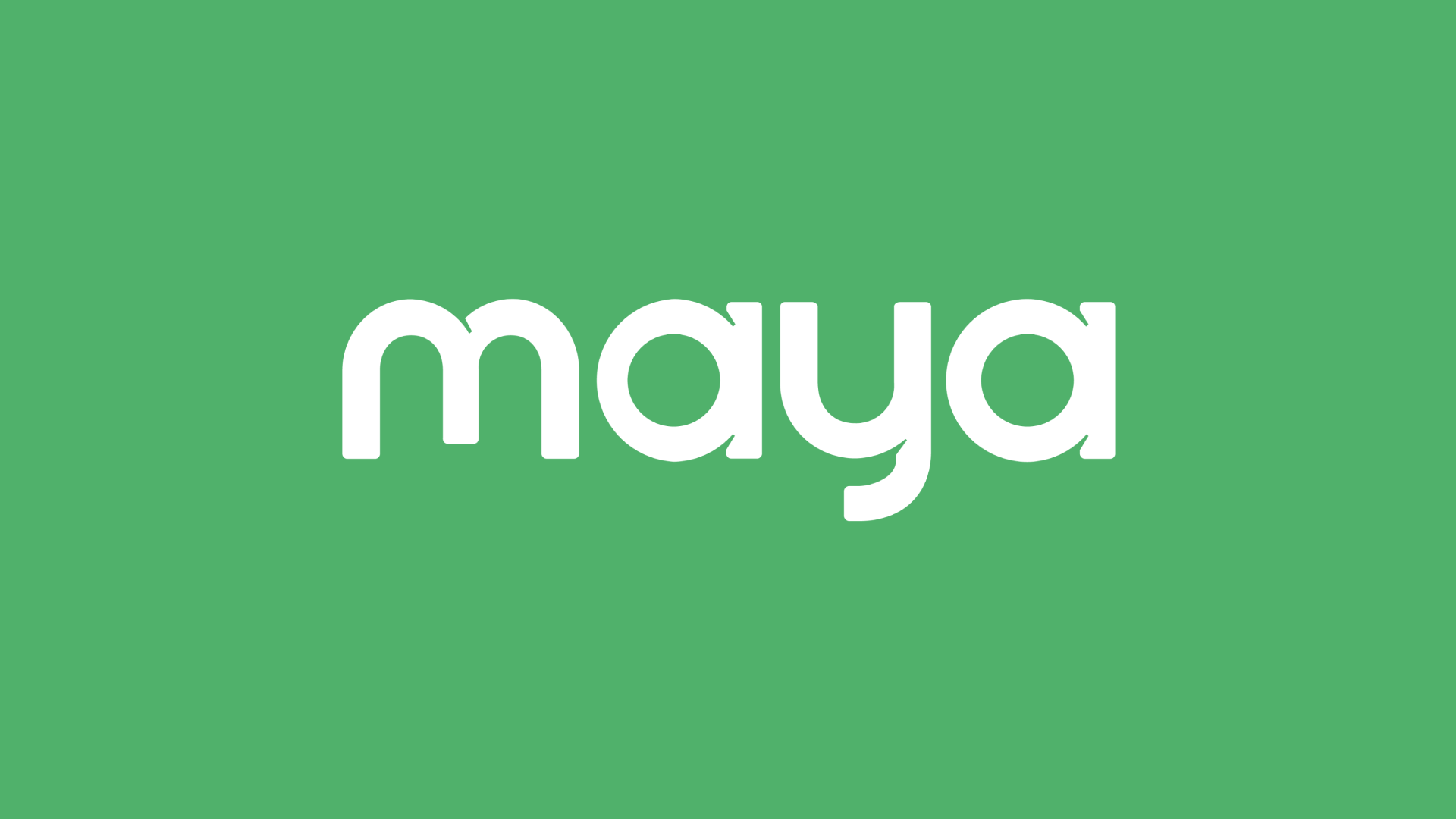
If you’re interested in taking advantage of the Philippines’ phenomenal online boom, one of the best things you can do is build your own e-commerce website.
Fortunately, there’s no need to build your own site from scratch. With a website builder, creating a working e-commerce site is fairly simple.
Among Philippine-based small businesses, the most popular site builders for e-commerce include Shopify and WooCommerce, just to name a few. While most of these platforms will work for your business with some tweaking, it’s a good idea to choose a solution that saves you time and effort over the long term. Here are a few things to look out for when choosing a website builder for a Philippine-targeted e-commerce website:
1) Business Functionality
Though there are many popular website builders, a few are specifically designed to support online businesses. If you’re targeting Philippine consumers and don’t need a completely bespoke solution, Shopify and WooCommerce are great picks that will help your business earn online visibility and transactions without all the hassle associated with less popular solutions.
At the minimum, your website builder should allow you to create or offer the following out of the box:
While most popular platforms offer decent online payment functionality, you’ll need to modify the site’s backend or use a plugin to facilitate online payments that are relevant in the Philippine market. The popular Maya Checkout plugins offer you a WooCommerce and Shopify payment gateway Philippines' online merchants trust. With these plugins, you can add a third-party payment gateway Shopify and WooCommerce-based sites can use to accept all local wallets and digital transaction methods in minutes. Best of all, the plugins for Shopify and WooCommerce can be easily integrated by nonexperts, which is great news if you have limited web development skills.
2) Support Ecosystem
Sizable developer communities and consistent support from technology providers are key ingredients for making a site builder flexible enough to meet any of your needs. There are a lot of excellent builders out there but many fall short in this key area, making dependence on them a risky move, especially if you’re planning on doing business in the long term.
WooCommerce and Shopify are highly popular for Philippine-facing e-commerce sites precisely because their vast support ecosystems allow them to navigate various local market challenges. For instance, if you need a Shopify payment gateway for a market other than the Philippines, you’re going to find a solution in Shopify’s plugin library or through its developer community. You won’t be guaranteed such an easy time if you go with a bespoke site architecture or if you choose a less popular builder.
3) Ease of Use
If you run a small business, chances are you won’t always have access to experienced web developers and designers. If your builder is too complex to use, you increase the risk of errors and slow down your ability to bring new offers to the market. Additionally, overcomplexity can prevent you from assigning non-technical users to update content or make changes. This reduced productivity can ultimately hamper your business and make your platform more expensive to use in the long term.
4) Implementation and Maintenance Costs
Site builder frameworks come with different cost structures. For example, while WooCommerce is free, more of the responsibility for site building and maintenance falls on you, using up time and billable developer hours that could be used on other projects. Shopify, on the other hand, has subscription fees but can save you money on maintenance costs thanks to its user-friendly design. Whichever solution you choose, make sure that the cost is aligned with your capabilities and long-term business goals.
5) Security
Search engines and consumers both care about data privacy, so whichever platform you choose has to be able to offer sufficient protection against malicious parties. Security is related to a builder’s support ecosystem but is not solely dependent on it, which means that you may want to look at your shortlisted builders’ track records for security compliance, providing regular updates, and following other security best practices before deciding on a solution.
Accept Any Local Payment with Maya Plugins
Integrate a Philippine-focused payment gateway Shopify and WooCommerce sites can use with Maya Plugins. With their ease of use and support from Maya, the Philippines’ leading digital bank, your e-commerce site will be set up for success in the country’s booming online market.Create a Maya Business Manager accountto integrate Maya Checkout into your e-commerce website.
Setting up a Maya Business Manager automatically lets you unlock the benefits of the Maya 1-2-3 Grow business growth bundle. This special bundle of Maya Business solutions gives you a 1% MDR discount on all QR Ph sales for 3 months after signing up, which means PHP 14,600 in savings for every PHP 1 million in QR Ph sales. As part of the Maya 1-2-3 Grow bundle, you can also enjoy the benefits of using Maya Business Deposit as your settlement account. With an industry-leading 2.5% per annum interest rate, you’ll earn PHP 25,000 in interest per year on a PHP 1 million deposit. Signing up also qualifies you for a no-collateral Maya Flexi Loan offer of up to PHP 2 million in just 3 months, allowing you to have more cash to grow your website. Send in your Maya Business Manager application today to enjoy Maya 1-2-3 Grow and Maya Business’s online payment solutions.
Merchant inquiries:
Maya is powered by the country's only end-to-end digital payments company Maya Philippines, Inc. and Maya Bank, Inc. for digital banking services. Maya Philippines, Inc. and Maya Bank, Inc. are regulated by the Bangko Sentral ng Pilipinas.
www.bsp.gov.ph